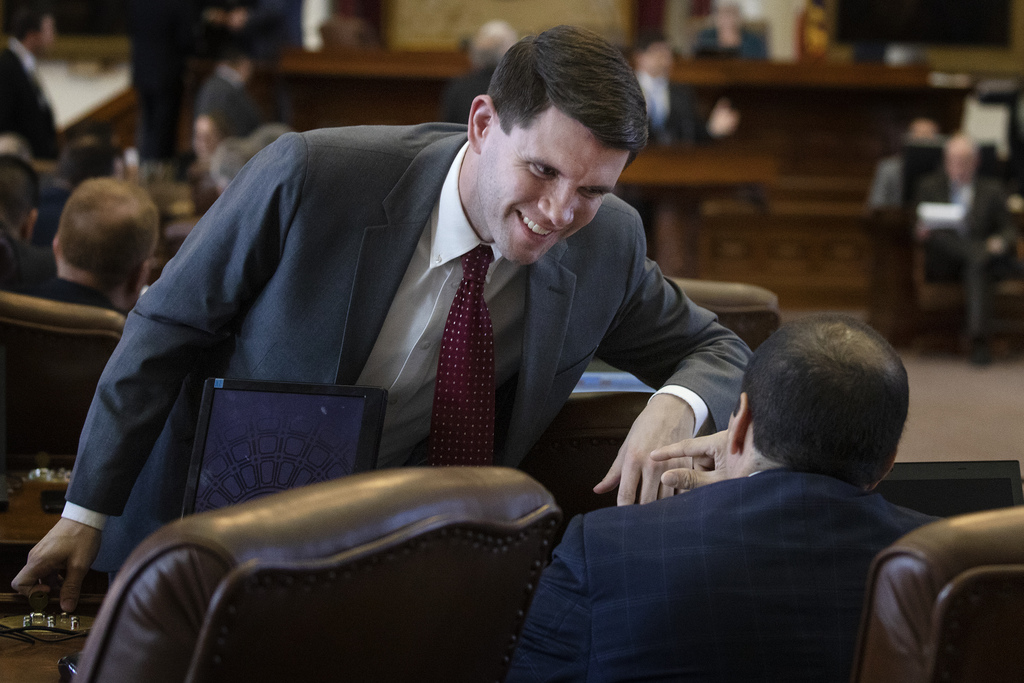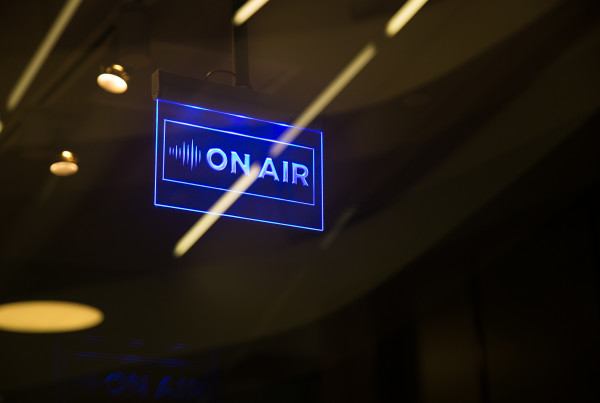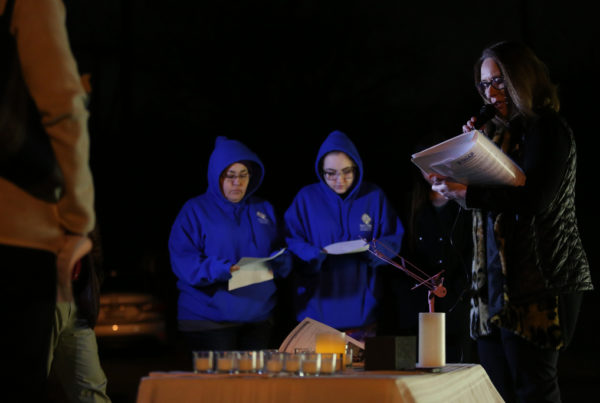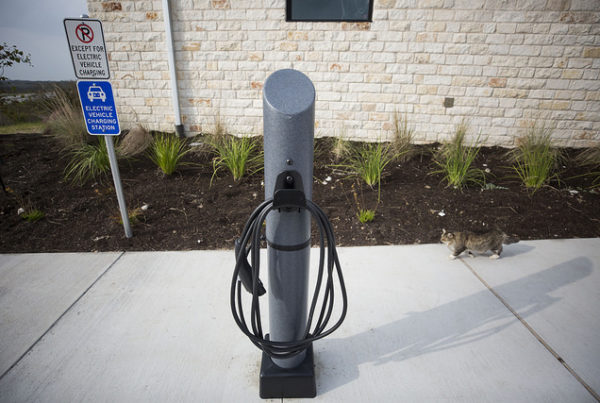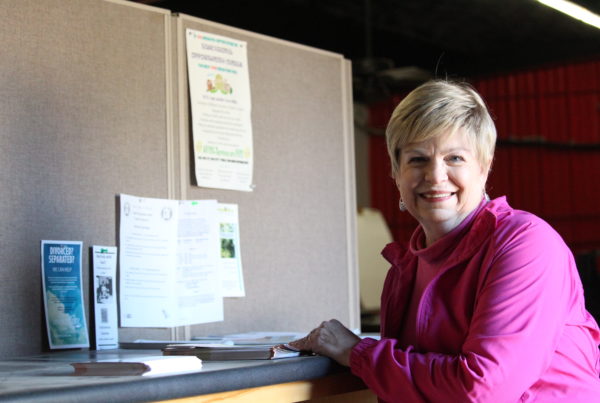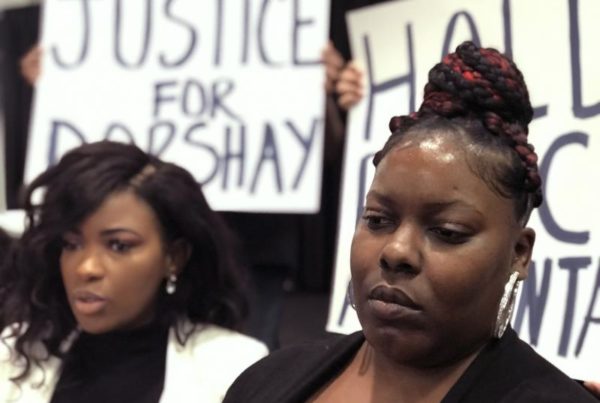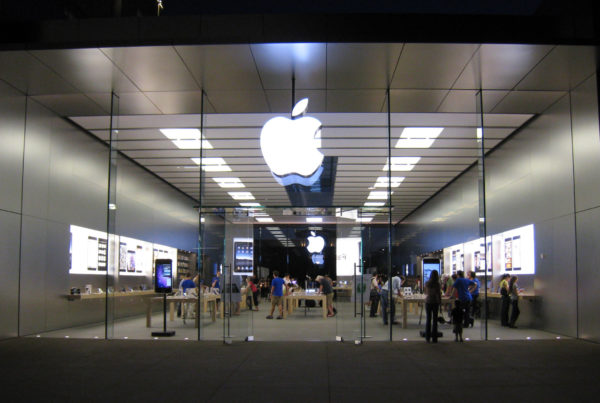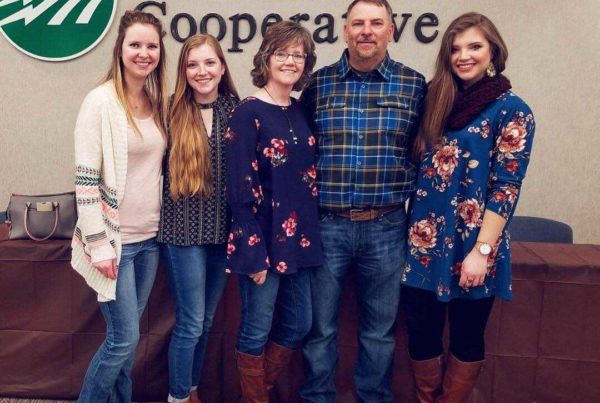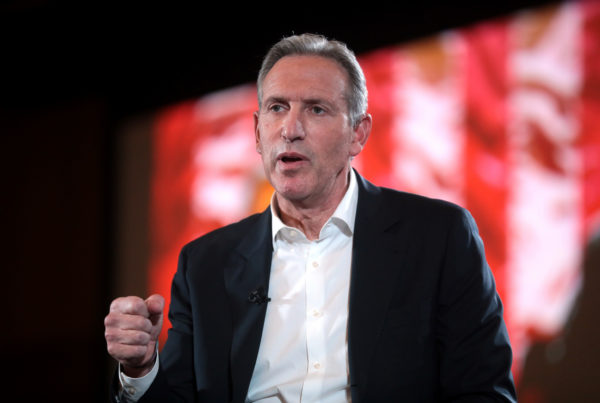On Monday, the Democratic campaign arm for the U.S. House announced they’ll be investing money and resources into trying to flip several Republican Texas Congressional districts blue. Many of these districts encompass the state’s rapidly-growing commuter cities. So, while few things about 2020 are certain right now, it’s all but guaranteed there will be a partisan war for Texas’s suburbs. And some of these Republican bellwethers are showing signs of becoming less red.
At a coffee shop in downtown Round Rock, Texas, freshman State Rep. James Talarico is hosting his first meet-and-greet with constituents since the midterm election.
“We were talking about constitutional amendments and marijuana policy,” Talarico says. “And we had a member of a local mosque here talking about the issues in the Muslim-American communities.”
Though not the youngest lawmaker ever to serve in, at 29 years old, Talarico is currently the youngest member of the Texas legislature. But what may be more notable is that Talarico is a Democrat who was elected in ruby-red Williamson County.
“As Austin grows, there are a lot of new folks moving into this area and that changes the demographics, the economics, and it also changes the politics,” Talarico says.
Williamson County has reliably, and overwhelmingly, voted Republican in most state and federal races for at least two decades. It’s been touted as a “conservative bastion” compared to its Democratic neighbor, Travis County – home to the very blue Austin.
Communities in Williamson County used to be pretty small. Fast-forward to today, Census data shows the county’s population has grown by 30 percent since 2010. And in recent years, that growth seems to be happening more rapidly, according to the state demographer. Williamson County added almost 20,000 residents between 2016 and 2017.
“Williamson County was growing faster than all but sixteen of the other counties in the country,” says Texas State Demographer Lloyd Potter. “So, it’s growing significantly and it’s growing fast and that’s been going for at least a decade. And it’s really ramped up here in the last five or six years.”
Potter says the area’s population boom can be attributed to more people moving to the Austin area, and Texas as a whole, for jobs. Cities that fall in Rep. Talarico’s district are now full-fledged suburbs of Austin.
Victoria DeFrancesco Soto with the LBJ School of Public Affairs and the University of Texas says that suburban growth likely played a key part in Talarico’s victory.
“We know from some post-election analysis that the flipping of seats to the Democratic Party both here in Texas and across the country was happening in these more densely populated, suburban districts,” DeFrancesco Soto says.
Williamson County is one of a handful of reliably red counties near urban cores like Dallas, Houston and San Antonio that saw Republican Congressional and statehouse seats flip to Democrats. These counties also went for Democratic Texas Senate candidate Beto O’Rourke. While O’Rourke ultimately lost his Senate race to Republican incumbent Ted Cruz, some political observers have credited the “Beto effect” for flipping these other seats. But DeFrancesco Soto says she thinks a couple of demographic factors also played a role.
“We know that a growing number of minorities, particularly African-American and Latino individuals, are moving out into the suburbs, many times in search of more house, more land for the price, or just by the matter of the “g” word – gentrification. You have more minority voters who tend to vote more Democratic,” DeFrancesco Soto says.
DeFrancesco Soto says she also thinks suburban women turned out for Democratic candidates.
“When you really get female voters, especially those in the suburbs – we used to refer to them as soccer moms – riled up, they can be a very potent force,” she says
Some of the top issues for suburban voters include education and more funding for services for children, people with disabilities and seniors. DeFrancesco Soto says these are talking points Texas Republicans lacked in their campaign platforms.
“The Republican Party over the last couple of cycles has really swung to one extreme in terms of its rhetoric in socialist issues such as women’s health care, reproductive rights, immigration. And that does take a toll,” DeFrancesco Soto says.
What also stands out is how close other Democratic contenders in these suburban districts got to unseating longtime Republican incumbents. DeFrancesco Soto says she thinks the race for Republican U.S. Congressman John Carter’s district, which includes Williamson County, is one of the best examples. In 2016, Carter beat his Democratic opponent by nearly 20 percentage points. In 2018, Democrat M.J. Hegar lost to Carter by only 3 percentage points.
“For folks outside of Texas, they may not recognize, that’s a win. That the fact that she came so close, I don’t even know if Carter runs again,” DeFrancesco Soto says.
At the beginning of this week, the Democratic Congressional Campaign Committee announced it would be launching an “aggressive effort” to flip red districts across the country to blue in 2020. Six Texas congressional districts, including Carter’s, are on that list. The DCCC says many of these districts have large, diverse suburban populations that are experiencing rapid growth.
“All of these districts were closer than expected and it had a lot to do with the Beto factor, it had a lot to do with straight-party voting, and it also had something to do with long term trends of Texas politically,” says Brendan Steinhauser, an Austin-based Republican strategist. He worked on Congressman Michael McCaul’s campaign. McCaul’s seat is also being targeted by the DCCC. In 2016, he handily won his district by 19 percentage points. In 2018, he won by only about 4 percentage points.
Steinhauser says looking ahead, his party needs to be taking these close margins seriously because the battlegrounds of the future will be Texas’ suburban and urban areas.
“The demographic trends will continue, the enthusiasm on the left will not abate, and I think that Republicans will have an uphill battle and will have to fight for every last vote in 2020 and especially in the next election after that,” Steinhauser says.
How do Republicans in Texas plan to fight? That’s something Steinhauser says he and other people in his party are trying to figure out. He thinks one step could be moving away from divisive rhetoric and returning to a platform that’s focused on fiscal issues like keeping taxes low, and focusing on transportation, education and healthcare policy.
“These are principles that are well within in the Republican platform and well within the tea party, conservative idea of governance,” Steinhauser says.
But if Donald Trump remains at the top of the ticket in 2020, changing what’s said on the campaign trail, might not make a difference.
“I think he will be the elephant in the room,” Steinhauser says. “I think trying to navigate how the Trump factor will be a big part of how we approach 2020.”
As for Democrats in Texas heading into 2020 and beyond, Steinhauser says he expects the party, statewide and nationally, to pour more resources into building a stronger presence in the Lone Star State.


